Now I am confused, what does the "jω = -1" mean?
An imaginary quantity cannot equal a real quantity so, \$j\omega\neq-1\$! Ever.
The Laplace variable is \$s=\sigma+j\omega\$.
The crosses on the pole-zero map, shown below, represent poles in the Laplace domain. Circles represent zeros. The pole-zero map can represent either hardware, signals or both. The example shown is based on the transfer function that you provided.
The two crosses on the vertical (imaginary)axis represent a sinusoidal signal. They are both necessary for a single sinusoid. The pole-zero map does not represent phase.
All sinusoids appear on the vertical axis only. To the left are damped sinusoids and to the right are sinusoids increasing in amplitude. So in order to represent the sinusoidal impedances and transfer functions \$\sigma\$ must be \$0\$
For the transfer function:
$$G(s)=\frac{s+1}{s+2}$$,
The pole on the \$\sigma\$ (horizontal) axis is \$p=-2+j0\$. The zero is at \$z=-1+j0\$.
All the poles and zeros on the diagram together represent the output signal.

I think the confusion, that arises, occurs when the Laplace variable is used to mean different things. When \$s\$ represents a pole it is customary to assign the letter \$p\$ to indicate it is a special value of \$s\$. The letter \$z\$ is the value of \$s\$ that represents a zero.
To transform a transfer function from the Laplace domain into the sinusoidal domain, only values along the \$j\omega\$ axis can be used. So \$\sigma\$ is set to \$0\$.
\$ s=j\omega\$ means \$s=0+j\omega\$. The values of the poles and zeros remain the same but the transfer function is restricted to the \$j\omega\$ axis.
While the transfer function \$G(s)\$ represents hardware, it also represents the ratio of the out put to the input as in:
$$\frac{V_{o}(s)}{V_{i}(s)}=G(s)=\frac{s+1}{s+2}$$
It is then transformed to the sinusoidal domain as:
$$\frac{V_{o}(j\omega)}{V_{i}(j\omega)}=G(j\omega)=\frac{j\omega+1}{j\omega+2}$$

